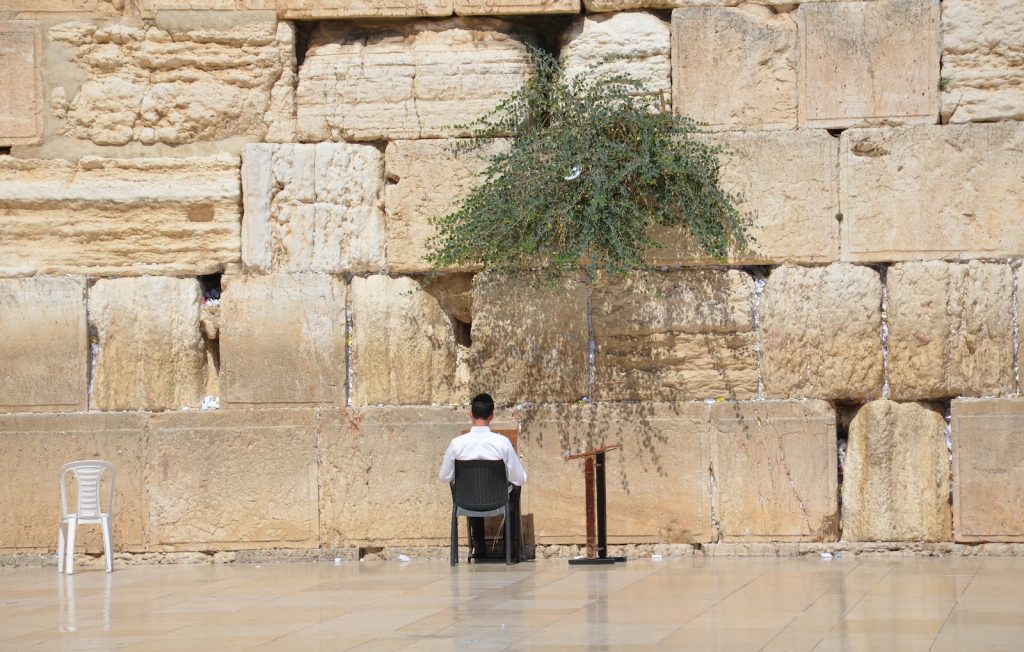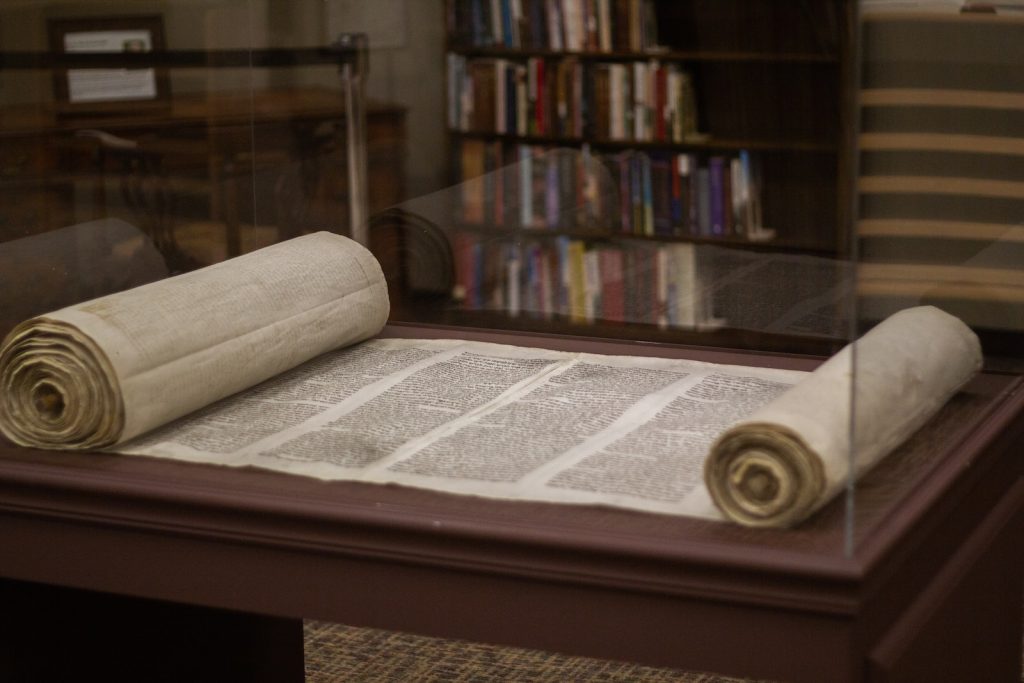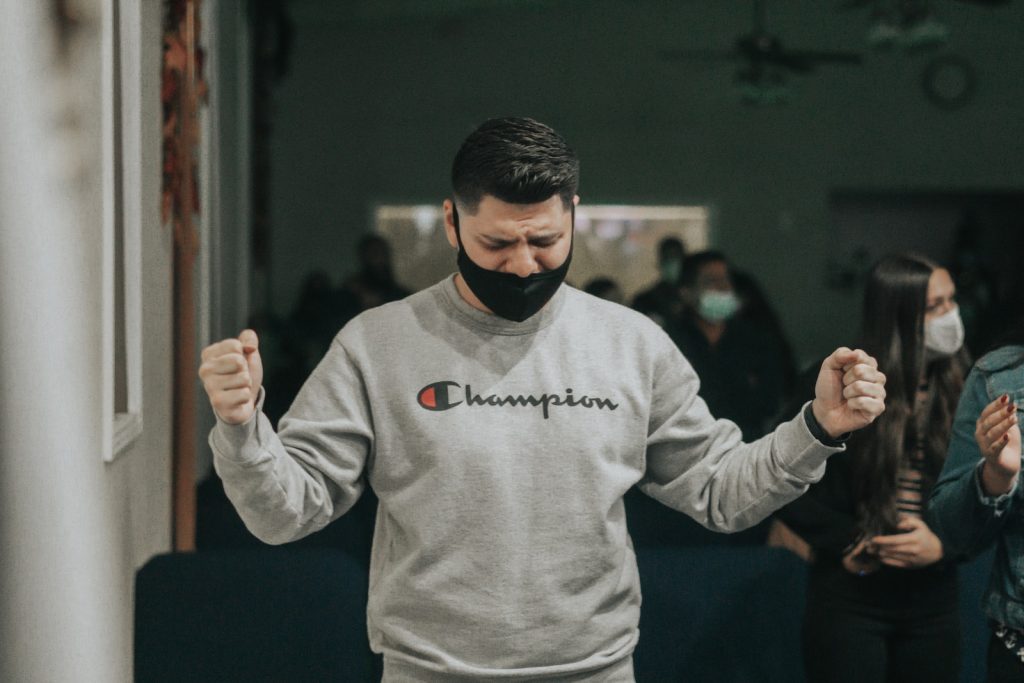Mudras are a form of symbolic hand gestures that have been used in religious practices for centuries. They are an integral part of Hindu, Buddhist, and Jain rituals, and are believed to have a powerful impact on the mind and body. In these traditions, mudras are seen as a way to connect with the divine and to channel energy.

In Hinduism, mudras are used in a variety of ways, from daily prayers to more elaborate ceremonies. They are often used in conjunction with mantras, which are sacred phrases or sounds that are chanted to invoke the divine. Mudras are believed to enhance the power of the mantras, and to help the practitioner focus their mind and energy. Some of the most common mudras in Hinduism include the Gyan mudra, which is associated with knowledge and wisdom, and the Prithvi mudra, which is believed to promote grounding and stability.
Origins and Significance of Mudras

Historical Emergence
Mudras are hand gestures that have been used for centuries in Hindu, Buddhist, and Jain religious practices. The exact origins of mudras are not clear, but they are believed to have emerged from the ancient Indian tradition of yoga. Mudras were initially used as a way to channel energy and enhance concentration during meditation.
Over time, mudras became an integral part of religious rituals in India. They were used by priests and devotees to communicate with the gods and goddesses and to invoke their blessings. Mudras were also used in dance and theater to convey emotions and tell stories.
Symbolic Meanings
Each mudra has a specific symbolic meaning and is associated with a particular deity or concept. For example, the Anjali mudra, which is formed by pressing the palms together in front of the chest, is a gesture of respect and greeting. It is commonly used in Hindu and Buddhist rituals to show reverence to the gods and teachers.
Another example is the Abhaya mudra, which is formed by raising the right hand with the palm facing outward. This mudra symbolizes protection and fearlessness and is often associated with the Buddha and other enlightened beings.
Mudras are also believed to have therapeutic benefits. According to Ayurvedic medicine, each finger is associated with a particular element and energy channel in the body. By performing mudras, one can activate these channels and balance the elements, leading to physical and mental well-being.
Overall, mudras play a significant role in Hindu, Buddhist, and Jain religious practices, and their origins and symbolic meanings are deeply rooted in ancient Indian traditions.
Mudras in Hindu Rituals

Vedic Practices
In Hinduism, mudras have been an integral part of Vedic practices for thousands of years. The Vedas, which are the oldest sacred texts of Hinduism, mention the use of mudras in various rituals. Mudras are believed to help in the flow of energy in the body, and they are used to enhance the spiritual experience during meditation and worship.
One of the most well-known mudras in Hinduism is the Anjali mudra, which is commonly used during prayer and greeting. The Anjali mudra involves pressing the palms together in front of the chest, with fingers pointing upwards. This mudra is believed to symbolize respect, honor, and gratitude.
Bhakti Movements
The Bhakti movements, which emerged in medieval India, also incorporated the use of mudras in their religious practices. Bhakti refers to the devotion and love towards a personal god or goddess, and it is believed that mudras help in intensifying this devotion.
One of the most popular mudras used in Bhakti movements is the Hridaya mudra, which involves placing the hands on the heart chakra. This mudra is believed to help in opening the heart chakra and connecting with the divine.
Another mudra commonly used in Bhakti movements is the Khechari mudra, which involves rolling the tongue back and placing it on the roof of the mouth. This mudra is believed to help in the flow of energy and enhance the experience of meditation.
Overall, mudras have played a significant role in Hindu religious practices for centuries, and they continue to be an essential part of worship and meditation.
Mudras in Buddhist Rituals

Theravada Traditions
In Theravada Buddhism, mudras are not as prominent as in other Buddhist traditions. However, some mudras are still used in certain rituals and practices. For example, the Anjali mudra, which involves placing the palms together in front of the chest, is commonly used as a gesture of respect and greeting. It is often used when paying homage to the Buddha, his teachings, and the Sangha (the community of monks and nuns).
Another mudra that is used in Theravada Buddhism is the Bhumisparsha mudra, which involves touching the ground with the right hand while seated in meditation. This mudra represents the Buddha’s enlightenment and his victory over Mara, the demon of desire.
Mahayana and Vajrayana Expressions
In Mahayana and Vajrayana Buddhism, mudras play a more prominent role in rituals and practices. Mudras are used to evoke specific qualities or energies and to help the practitioner focus their mind and body.
In Mahayana Buddhism, the most commonly used mudra is the Dharmachakra mudra, which involves placing the hands in front of the heart with the thumbs and index fingers touching to form a circle. This mudra represents the Buddha’s teaching of the Dharma, or the path to liberation.
In Vajrayana Buddhism, mudras are used extensively in tantric rituals and practices. One of the most well-known mudras in Vajrayana Buddhism is the Vajra mudra, which involves clasping the hands together with the index fingers extended and touching to form a vajra, or diamond shape. This mudra represents the indestructible nature of the enlightened mind.
Overall, mudras play an important role in Buddhist rituals and practices, helping practitioners to connect with the teachings of the Buddha and to cultivate specific qualities and energies.
Mudras in Jain Rituals

Jainism is an ancient Indian religion that emphasizes non-violence, self-control, and compassion. Mudras play an important role in Jain rituals, particularly in meditation and worship.
One of the most common mudras in Jainism is the Namaste mudra, which involves placing the palms together in front of the chest. This mudra is a gesture of respect and greeting, and is often used when greeting fellow Jains or during puja (worship).
Another important mudra in Jainism is the Dhyana mudra, which is used during meditation. This mudra involves placing the hands in the lap, with the right hand resting on top of the left hand, palms facing upward. This mudra is believed to help calm the mind and promote inner peace.
Jainism also has a unique mudra known as the Anjali mudra, which involves placing the hands together in front of the forehead, with the fingers pointing upward. This mudra is used during certain rituals, such as the recitation of mantras, and is believed to help focus the mind and increase concentration.
Overall, mudras play an important role in Jainism, helping practitioners to connect with their inner selves and with the divine. By using these gestures, Jains are able to cultivate a deeper sense of spirituality and mindfulness in their daily lives.
Comparative Analysis of Mudras

Similarities Across Religions
Mudras are hand gestures used in religious practices to symbolize different meanings. Although the specific mudras used in Hindu, Buddhist, and Jain rituals may differ, there are some similarities across these religions. For example, the use of mudras is believed to help practitioners focus their mind and enhance their spiritual experience. Mudras are also used to communicate with deities or to represent certain aspects of the divine.
In addition, many mudras are similar in their hand positions, such as the Anjali mudra, which involves pressing the palms together in front of the chest. This mudra is used in Hindu, Buddhist, and Jain rituals as a sign of respect and greeting.
Distinctive Features by Religion
While there are similarities, there are also distinctive features of mudras in each religion. In Hinduism, mudras are often used in conjunction with mantras and meditation to connect with the divine. Mudras are also used in dance performances to convey emotions and tell stories.
In Buddhism, mudras are used to represent different Buddha or Bodhisattva figures and their teachings. For example, the Abhaya mudra, which involves raising the right hand with the palm facing outward, represents fearlessness and protection.
In Jainism, mudras are used to represent the qualities of the Tirthankaras, or spiritual leaders. The Padma mudra, which involves placing the palms together with the thumbs and little fingers touching, represents the lotus flower and purity.
Overall, while there are similarities in the use of mudras across Hindu, Buddhist, and Jain rituals, each religion has its own unique mudras and meanings associated with them. The use of mudras adds a rich and meaningful layer to religious practices and enhances the spiritual experience for practitioners.
Dr. Harlan Kilstein is a certified yoga teacher, hypnotherapist, and a teacher of the Law of Attraction since 1975.
After an immersion in yoga and his certification by the Yoga Alliance, he began studying mudras and invented Finger Healing.




